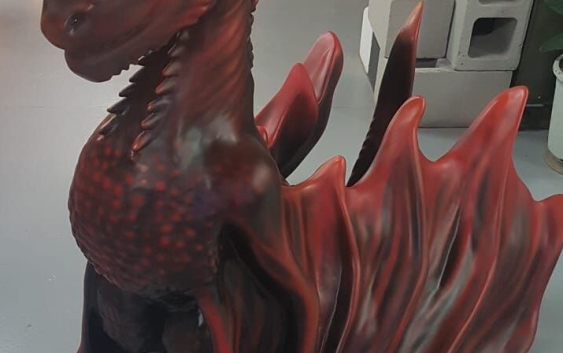Innovations In 3D Printing: Transforming Manufacturing And Beyond

The field of 3D printing, also known as additive manufacturing, has experienced remarkable advancements in recent years, revolutionizing traditional manufacturing processes and revealing new possibilities across various industries. From aerospace and healthcare to architecture and fashion, innovative developments in 3d printing in Dubai continue to push the boundaries of what’s possible.
Multi-material printing
One of the most significant innovations in 3D printing is the ability to print with multiple materials simultaneously. This advancement allows for the creation of complex objects with varying properties, colors, and textures in a single print job. Multi-material printing enables designers to incorporate functional elements, such as electronics or mechanical components, directly into printed parts, opening up new avenues for customization and integration in diverse applications.
Continuous printing
Continuous 3D printing technologies, such as Continuous Liquid Interface Production (CLIP) and Continuous Carbon Fiber Composites (CCFC), offer faster, more efficient and scalable manufacturing solutions. By continuously extruding materials layer by layer without the need for layer-by-layer curing or slicing, these technologies enable rapid production of high-quality, large-scale parts with minimal post-processing requirements. Continuous printing accelerates production times, reduces waste, and lowers costs, making it a game-changer for industries requiring mass customization and on-demand manufacturing.
Bioprinting
Bioprinting is a cutting-edge application of 3D printing technology that enables the fabrication of living tissues and organs using biological materials, such as cells, biomaterials, and growth factors. This revolutionary innovation has the potential to revolutionize regenerative medicine, tissue engineering, and pharmaceutical research by providing personalized solutions for organ transplantation, drug testing, and disease modeling. Bioprinted tissues and organs offer new possibilities for addressing organ shortages, improving patient outcomes, and advancing the field of regenerative medicine.
4D printing
4D printing is an emerging technology that adds an extra dimension of time to the printing process, allowing printed objects to transform or self-assemble over time in response to external stimuli, such as temperature, humidity, or light. This vigorous capability opens up new possibilities for creating adaptive structures, smart materials, and self-assembling systems with programmable properties and behaviors. 4D-printed objects can exhibit shape-changing, self-repairing, or self-assembling capabilities, making them ideal for applications such as soft robotics, smart textiles, and medical devices.